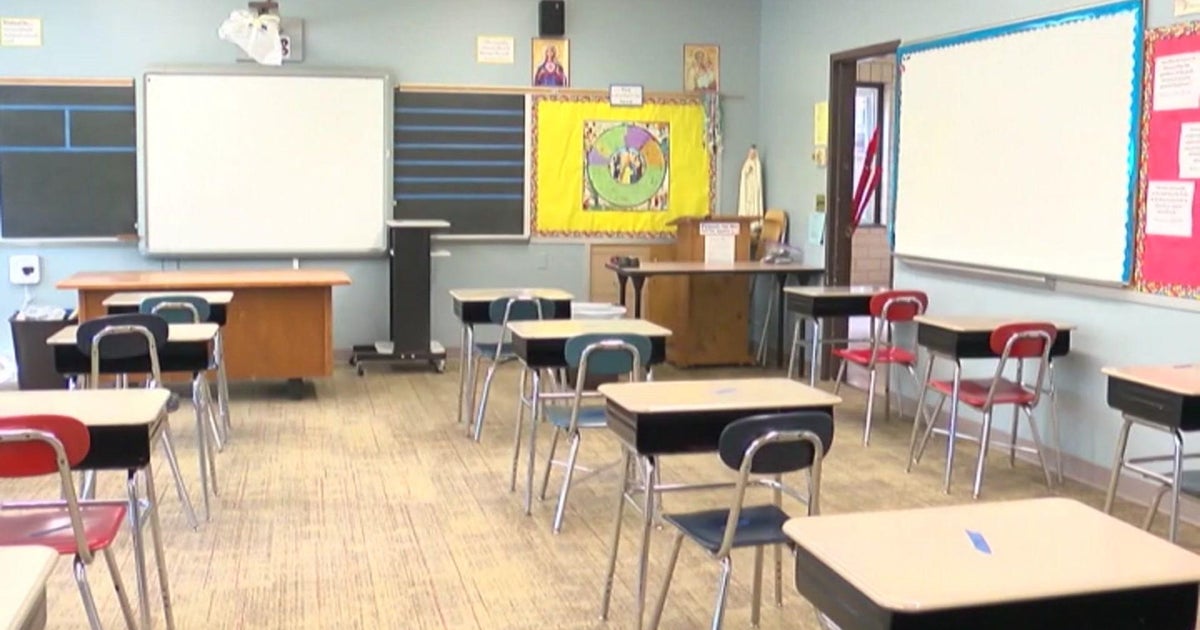Students Question UT Evacuation Process
AUSTIN, Texas (AP) — Thousands of people streamed off University of Texas at Austin's campus Friday after a bomb threat prompted officials to issue evacuation orders.
The threat came around 8:35 a.m. to the University of Texas from a man claiming to belong to al-Qaida, officials said. The caller claimed bombs placed throughout campus would go off in 90 minutes, but administrators waited more than an hour before blaring sirens on the campus of 50,000 students and telling them to immediately "get as far away as possible" in emergency text messages.
Authorities said they started searching buildings for explosives before the alert was issued. UT President Bill Powers defended the decision not to evacuate sooner.
"It's easy to make a phone call ... the first thing we needed to do was evaluate," Powers said. "If the threat had been for something to go off in five minutes, then you don't have the time to evaluate, you just have to pull the switch."
Not everyone agreed.
"What took so long?" student Ricardo Nunez said. "It should have been more immediate."
The UT president acknowledged officials in Texas also considered the current political climate.
"Certainly the global situation would be part of what we look at when we evaluate any threat," Powers said.
Sirens wailed on the Austin campus and cellphones pinged with text messages when the initial alert when out. Students described more confusion than panic as they exited the sprawling campus, where police blocked off all roads heading in as lines of cars sat in gridlock trying to get out.
The evacuation also created logistical concerns for the 14th-ranked Texas Longhorns football team. Inside a police station across from the football stadium, executive senior associate athletics director Ed Goble asked about getting the athletics complex building cleared because the team had to leave for a Saturday game at the University of Mississippi. The team's locker room is inside the building.
Goble later said he wasn't asking that the team be made a priority. Shortly after 11 a.m., while the rest of campus remained almost deserted, Goble said police had given players permission to go into the athletic complex to pack for the game.
"All building managers are notified at the same time and all are expected to move as rapidly as possible," said Gary Susswein, spokesman for the UT president's office, noting there was no priorities list for what buildings were to be cleared first.
With rain falling, students stood under awnings and overhangs and inundated nearby off-campus restaurants and coffee shops as they waited for updates.
Abby Johnston, a production and special editions coordinator for Texas Student Media, said she received the first text message from the university while thinking about what she would publish in the next day's paper. Then the sirens blared.
"We do the siren test once a month and so at first people thought maybe it was just a test, and then we started to tell everybody, 'No actually we have to get out of here pretty immediately,'" said Johnston, 22. "There was definitely a little bit of nervous tension."
Tania Lara, a graduate student at the Lyndon B. Johnson School of Public Affairs, said she was at work inside a central campus academic building when she got a text message to get as far away was possible.
"It was calm but nobody knew what was going on," she said, describing a crush of students heading for the exits. "No one was yelling 'get out of here' or anything like that."
Bomb threats were also called into two other schools after the UT threat, including North Dakota State University in Fargo and Hiram College in northeast Ohio. Those campuses were also given the all clear. Investigators are trying to determine who made the calls and if they are related.
(©2012 CBS Local Media, a division of CBS Radio Inc. All Rights Reserved. This material may not be published, broadcast, rewritten, or redistributed. The Associated Press contributed to this report.)
Also Check Out:



